Control of a hybrid electrical energy storage system built into the LARES microgrid
Introduction:
Energy storage systems are a key part of a microgrid. The energy storage system must adapt its charging/discharging regimes according to the current state of charge and state of health of its components.
Stationary battery systems, e.g. battery systems in building microgrids, have weaker requirements on energy or power density than battery systems in any mobile device or machine. Therefore, stationary battery systems may still be equipped with cheap batteries, e.g. VRLA, or second-life batteries from electric vehicles.
Power converters connect devices that require different current and voltage waveforms, and their operation is a compromise between energy efficiency and waveform distortion. Advanced control, however, may improve both. Using model predictive control for power converter transistors, simultaneous rise in efficiency and distortion loss may be achieved.
The goal of this project is to put a stationary energy storage system into operation.

Tasks:
- Develop a simulation model of a hybrid energy storage system in a building microgrid, consisting of a VRLA battery pack and a supercapacitor with their respective power converters. Implement a control algorithm that exploits all the benefits of a hybrid energy storage system: high capacity of the battery pack and high charging/discharging rate along with high cycle durability of a supercapacitor.
- On the 13th floor of the FER building, there is an unused pack of VRLA batteries with 9.6 kWh capacity. Inspect the functionality of the battery pack – individually measure battery capacity and internal resistance.
- If the batteries are in good condition, suggest rewiring of the existing microgrid so that the batteries may be used as a part of the microgrid. The microgrid currently has two AC-DC converters, one may be used as an energy source, and the other as a controllable load. Study the microgrid schematic and add switching devices so that the AC-DC converter currently used as a controllable load may be connected directly to the battery pack. Suggest changes both in the energy-level connections and signal-level connections. Design the circuits so that the hardware itself prevents the converter to be connected simultaneously to the DC microgrid and the batteries. Wiring change suggestions shall be done as modifications in the existing schematics of the microgrid. The updated schematics will then be used by personnel performing the actual rewiring work.
- After rewiring is finished, test the functionality of the battery system and develop a LabVIEW program for controlling the battery system. The program will be executed on a cRIO industrial computer. Beside control using LabVIEW, the battery system must accept commands (current and voltage references, measurement queries...) via Modbus/TCP protocol.
- Write a python program that enables integration of this battery system into the 3Smart database, so that commands to the battery system are given through the database, and measurements are stored in the database with 1-minute sampling interval. Take speical care of protection mechanisms, so that the battery system turns off in any case of database or communication malfunction.
- Develop a simulation model of a power converter in the PLECS software package. Use a model predictive control approach for controlling the power converter transistors in order to achieve both lower distortion and better efficiency.
- Develop and perform test procedures to identify the mathematical models of the microgrid elements, which will be used in the control algorithms. Verify the developed control algorithms on the experimental setup.
Additional information:
- Number of students: 3
- Keywords: microgrid, VRLA, supercapacitor, industrial automation, LabVIEW
- Teamwork preferable, possible work splitting to hardware and software part, or batteries and power converter part
- Long-term project, students may start as undergraduates and contiune work towards graduation



 Pristupačnost
Pristupačnost